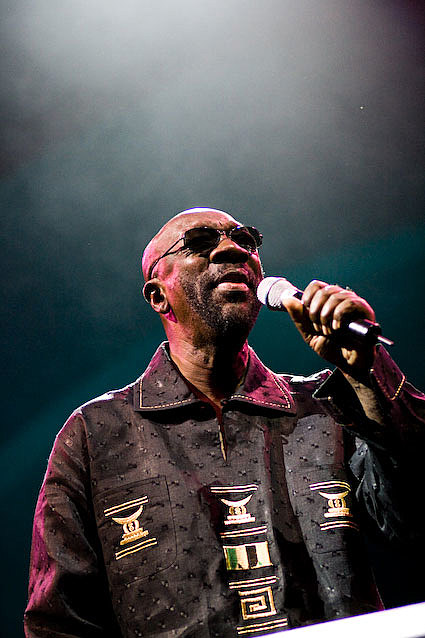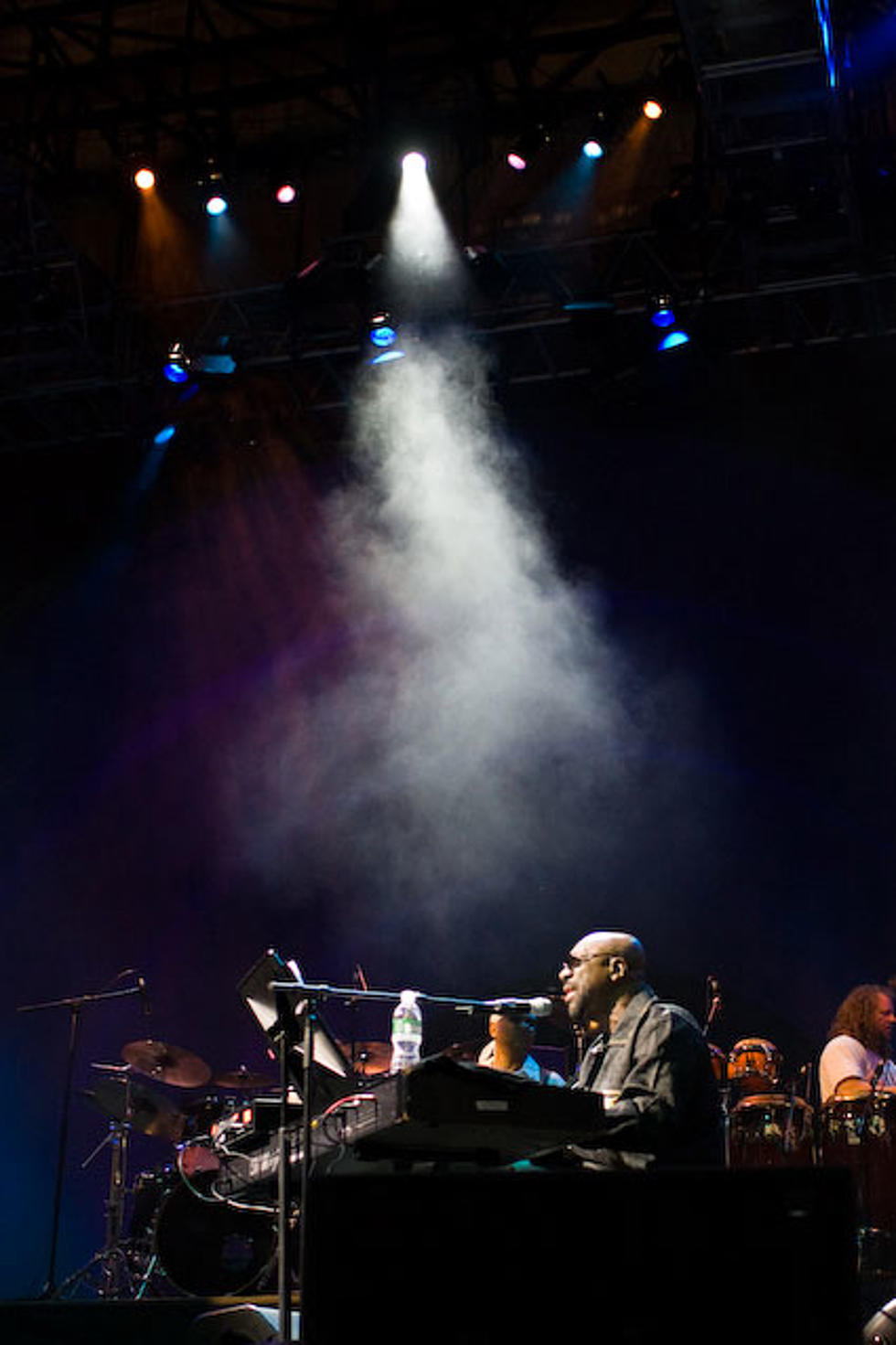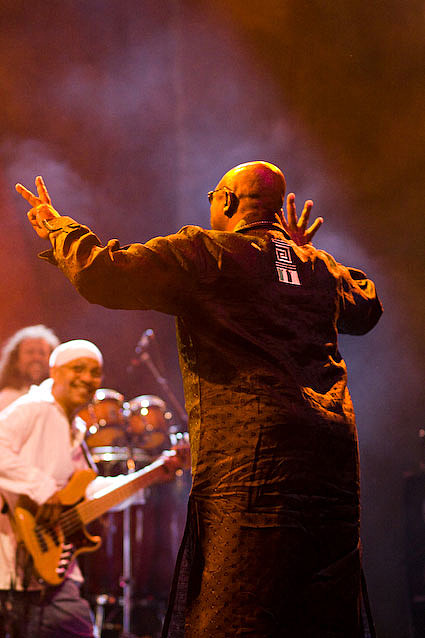
Our lives are subject to tumultuous change, seemingly endless disasters, disruptions in and forced disengagements from whatever are our chosen bonds of intimacy. More and more, the weather of the natural world batters us. Add to that, the evil that people do to each other makes you wonder, is life worth living?
Somehow, some of us, if not all of us, answer in the affirmative–yes. Which brings me to this sensitive reading of Sting’s philosophical composition as presented by the rich baritone and insightful arrangement of Isaac Hayes.
Instead of the familiar ‘backbeat’ that is a hallmark of a lot of Black popular music, Ike employs a modified two-beat samba rhythm as a foundation for his orchestrated interpretation. The duple drum pattern, which is an artistic replication of a heartbeat, features a mixing of seeming contrasting elements floating atop the rhythm.
The heartbeat rhythm indicates the systole (pumping of blood through the body) and the diastole (relaxing to allow the heart chambers to refill), together they are the basic internal blood cycle of life.
In the studio we hear the push and dynamic pull of a full orchestra sounding mellow counterpoints, flavored by a children’s chorus. The live versions is buttressed by multiple keyboards, a surging wah-wah guitar, and a trio of vocalists who carry the melody as Ike artfully plows through the meaning and intent of the song.
Here is both a studio and a concert version to enjoy. Which one is better? We can not really say, indeed, fortunately for us, we don’t have to choose. We can embrace both.
The studio version makes full use of the diverse instruments as well as the pre-teen and adolescent voices as part of the long outro. The video of the live undertaking with audience enables us to see the musicians enjoying themselves as much as does the audience.

Really good music is like that. The sounds uplift all who participate whether as creators or as consumers, we all feel, and actually are, better as a result.

